Guinea Pigs: So Cute It’s Wheek-diculous!
Meet the Adorable, Chatty Companions
Guinea pigs are some of the cutest, most lovable animals on the planet. With their round bodies, bright eyes, and constant squeaks and squeals, it’s no surprise they’ve become beloved pets around the world. But did you know they’ve been stealing hearts for thousands of years — or that they “popcorn” when they’re happy?
In this post, we’ll explore what makes guinea pigs so special, from their ancient origins to their quirky behaviors and incredible social bonds.
Species of Guinea Pigs
While there are 13 species of wild guinea pigs, the domestic guinea pig we know and love is Cavia porcellus. Here are a few adorable types:
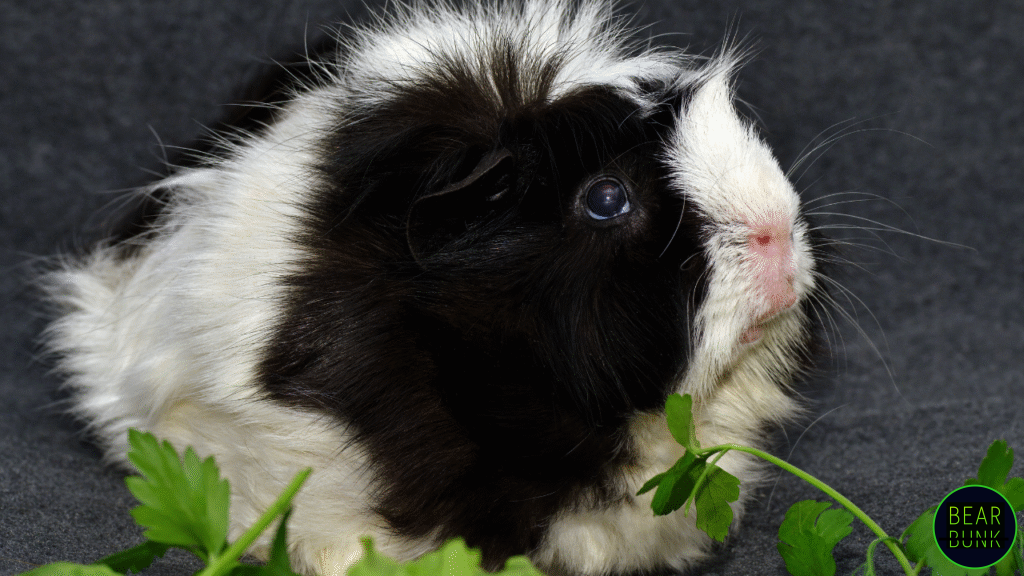
Abyssinian (Cavia porcellus)
Easily recognized by their rosettes (whorls of fur), these piggies have a spunky look and a playful personality to match. They’re bold, curious, and love interaction.
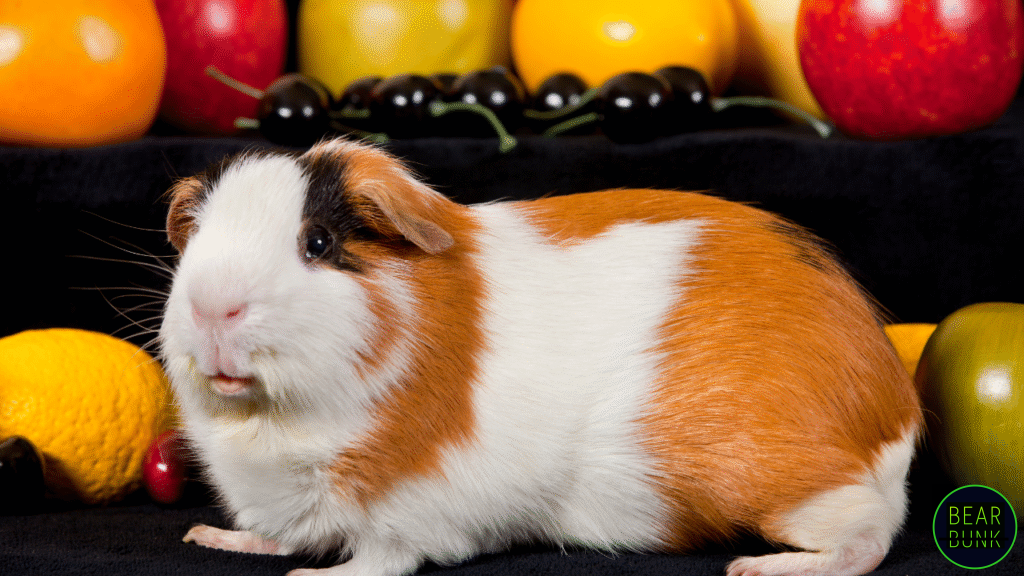
American (Cavia porcellus)
With a smooth, short coat and gentle demeanor, Americans are one of the most popular breeds. They’re great for families and first-time guinea pig owners.
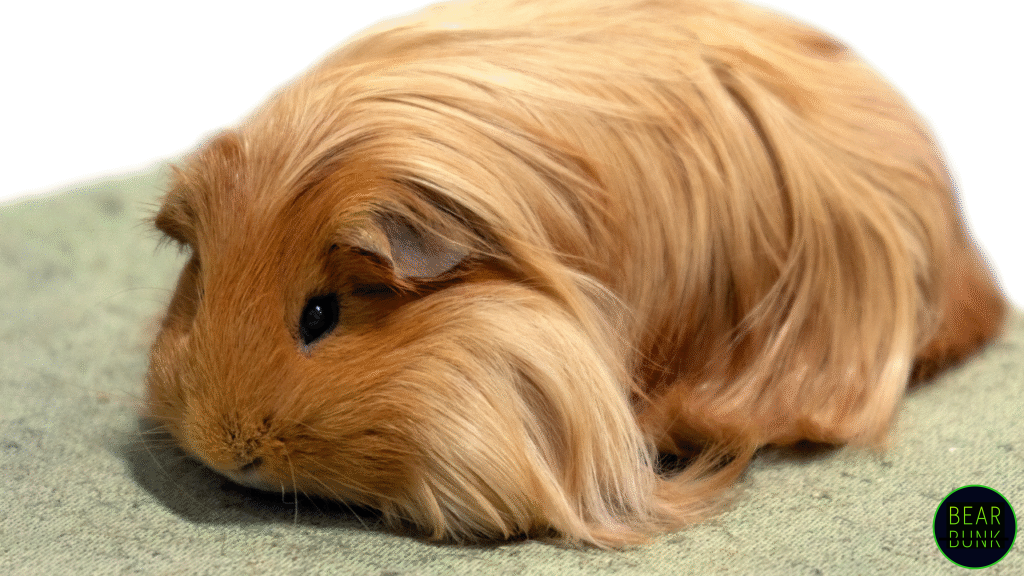
Peruvian (Cavia porcellus)
Known for their long, flowing hair that can grow up to 20 inches, Peruvians are the glam models of the guinea pig world. Their hair requires frequent grooming.
Habitat
Wild guinea pigs originally roamed grassy plains and rocky hillsides of the Andes Mountains in South America. Today’s domestic guinea pigs traded burrows for cozy cages lined with soft bedding, tunnels, and hay piles.
They’re social animals that thrive in pairs or small groups. In fact, in places like Switzerland, it’s illegal to own just one because they get lonely without companions!
Diet
Guinea pigs are strict herbivores. Their favorite food? Hay — and lots of it. It helps wear down their constantly growing teeth and keeps their digestive system healthy.
They also love fresh leafy greens like romaine, parsley, and kale. Fruits like apples, strawberries, and carrots make great occasional treats. And here’s a wild fact: they can’t make their own vitamin C, so they need daily sources through diet or supplements. strip bark from trees and dig for underground water in dry seasons.
Mating, Babies, and Raising Young
Guinea pigs don’t follow a set breeding season. A female (called a sow) can become pregnant as early as 2 months old. Their pregnancy lasts about 59 to 72 days.
When they give birth, it’s to 2–4 fully furred, open-eyed, and toothy babies — called pups — who can walk and eat solid food within hours. Talk about tiny superheroes!
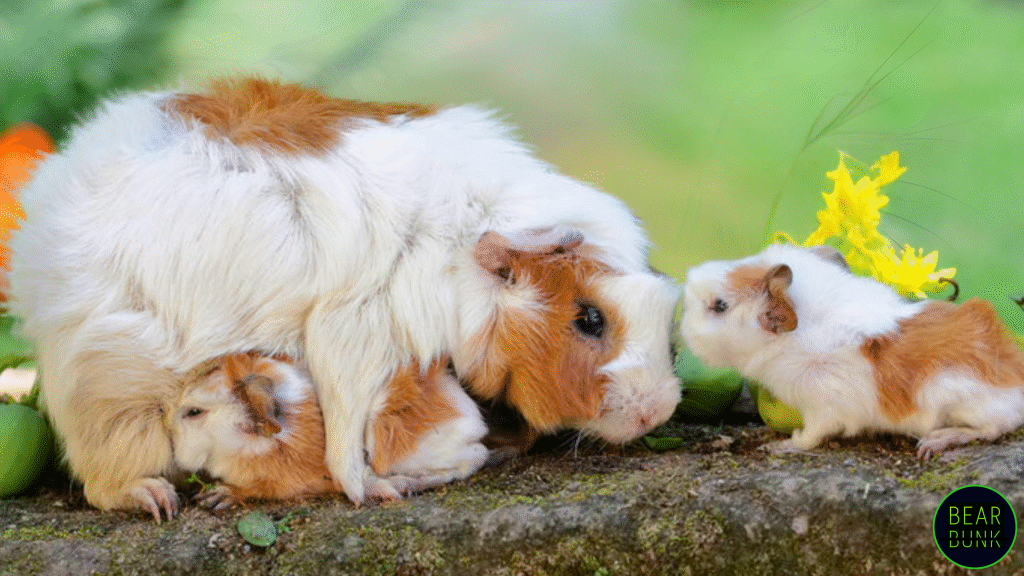
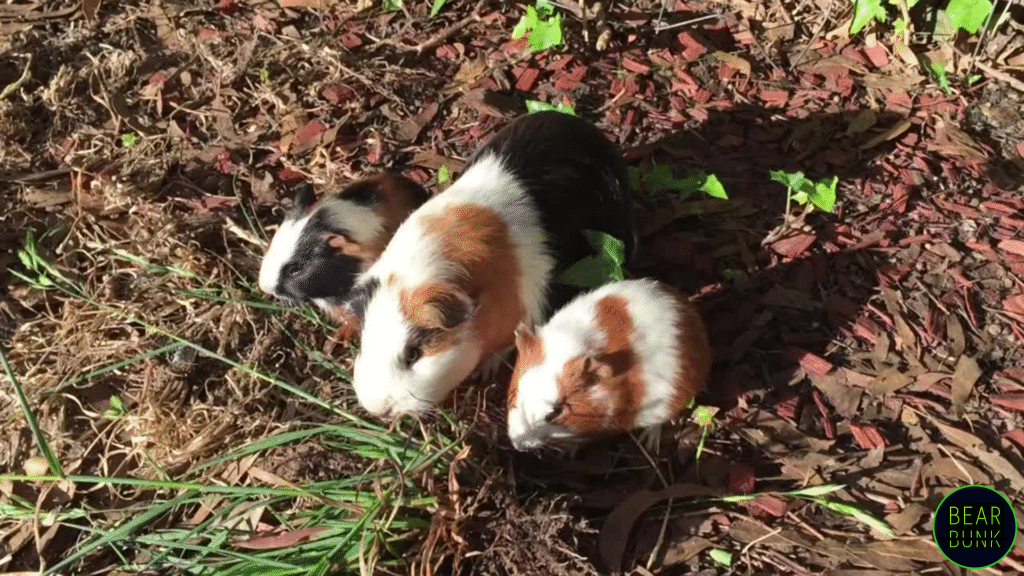
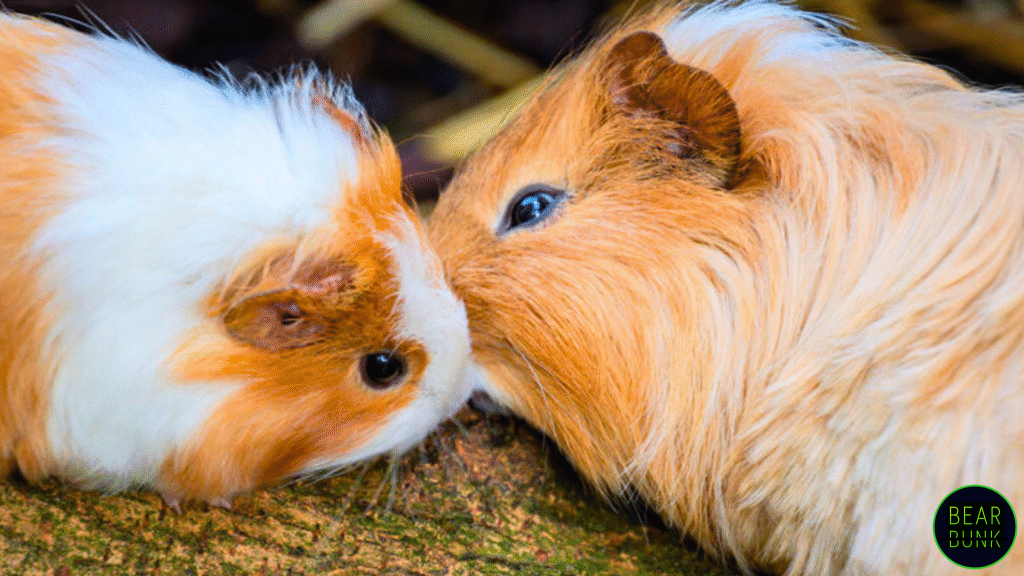
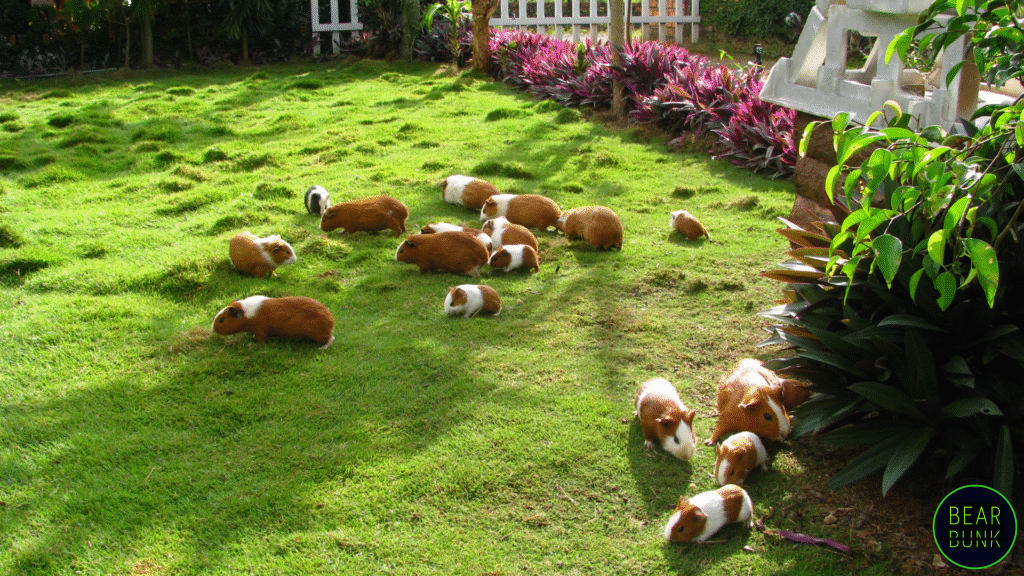
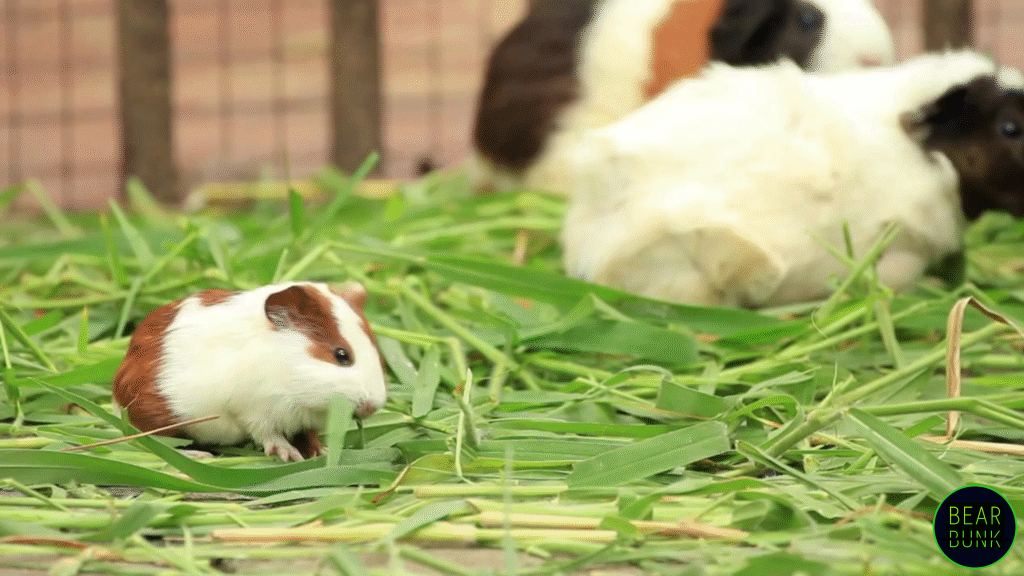

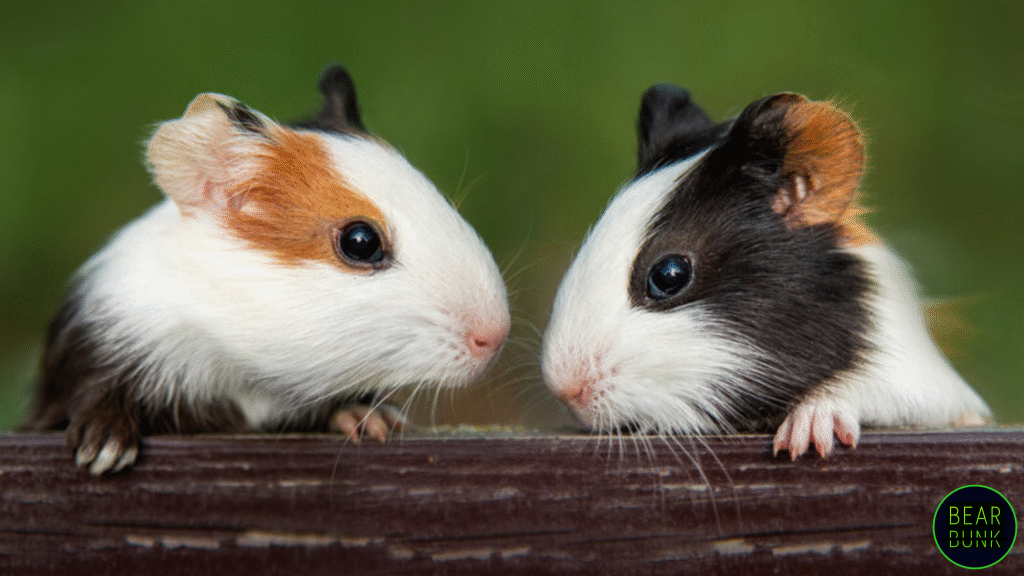
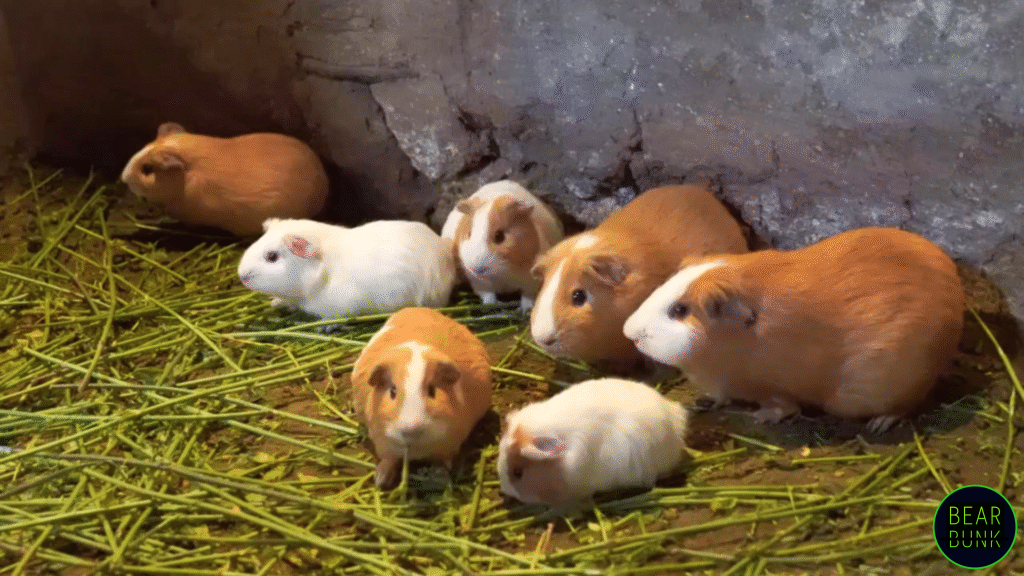
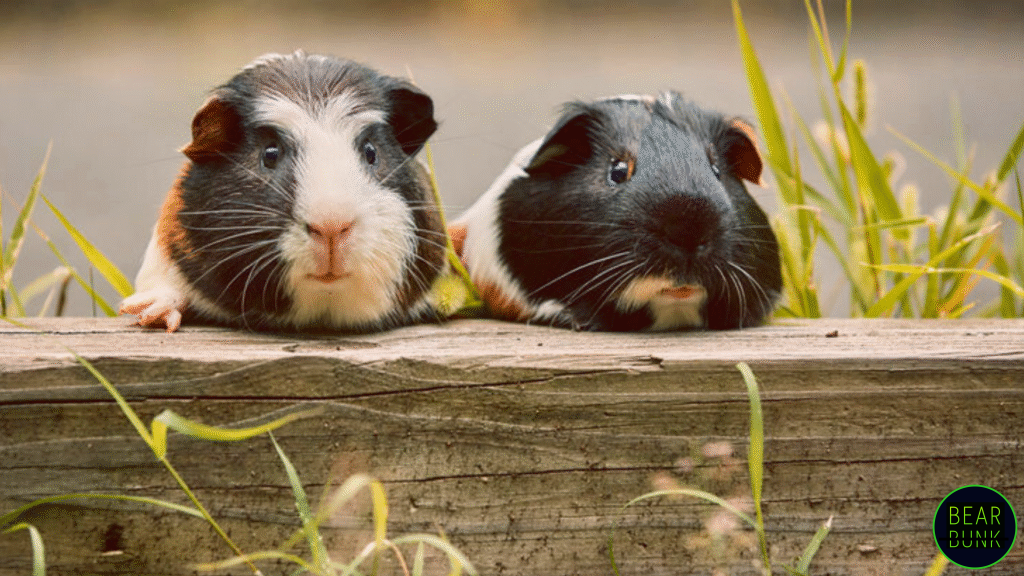
Share On Social:
Fun Facts
- Guinea pigs have no tailbones — they’re tailless rodents!
- They have four toes on their front feet but only three on the back.
- They make a wide range of sounds: wheeking (excitement), purring (contentment), and teeth chattering (annoyance).
- When excited, they perform a joyful hop called popcorning — it’s as cute as it sounds!
- Guinea pigs sleep with their eyes open and only close them when they feel completely safe.
- They have 20 teeth that never stop growing!
- Many guinea pigs will pick a favorite potty spot and can be partially litter trained.
- They have a scent gland near their rear used for marking territory, which may occasionally need gentle cleaning.
About Guinea Pigs
Scientific Family: Caviidae
Number of Species: 13 (1 domestic, 12 wild)
Habitat: Grasslands, mountain slopes, and household environments
Diet: Hay, leafy greens, vegetables, fruits (in moderation), and vitamin C supplements
Lifespan: 5–8 years (sometimes longer with excellent care)
Unique Traits: Popcorning, wheeking vocalizations, constantly growing teeth, tailless body
Social Structure: Thrive in pairs or small groups; highly social and vocal
Fun Fact: Guinea pigs sleep with their eyes open unless they feel completely safe!
Why We Love Them
Guinea pigs are sweet, gentle, and expressive little animals. They form strong bonds with their humans, recognize voices, and even learn simple routines. With their happy squeaks and adorable hops, they make amazing companions for kids and adults alike.
Whether you’re watching a piggy zoom around the floor or cuddle in your lap, there’s just something magical about them.
Conclusion
Guinea pigs have come a long way from the Andes to our homes, but they’ve kept their charm, personality, and squeaky joy the whole way. Whether you’re a piggy parent or just discovering these delightful creatures, we hope you’ve learned something new!
Want to dive deeper into guinea pig care? Check out our full Guinea Pig Essentials post with tips, habitat ideas, and favorite product picks!
Stay curious, stay kind, and keep discovering more amazing animals right here on BearBunk.
#GuineaPigs #WildlifeFacts #BearBunk #AnimalLovers #NatureEducation

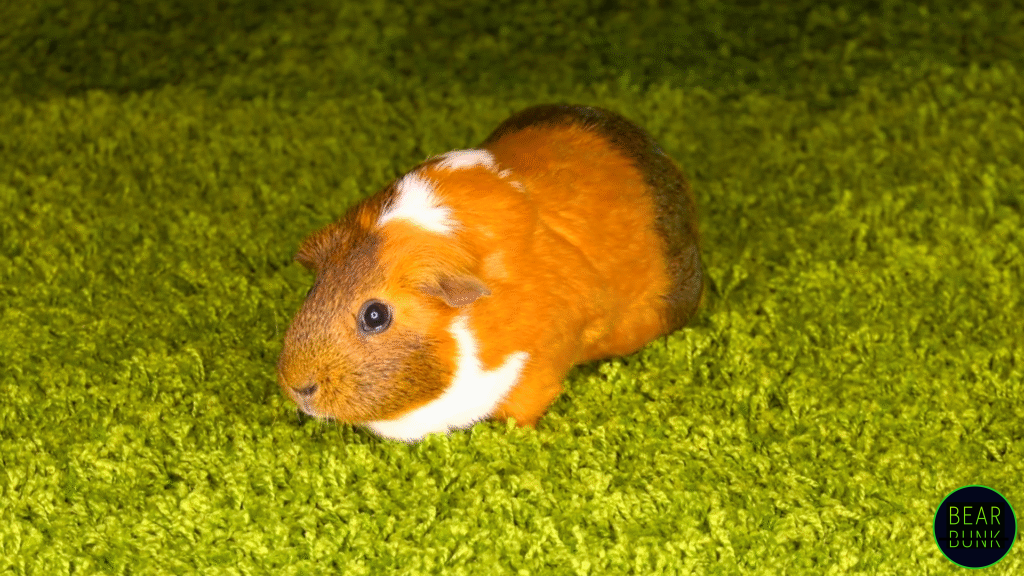
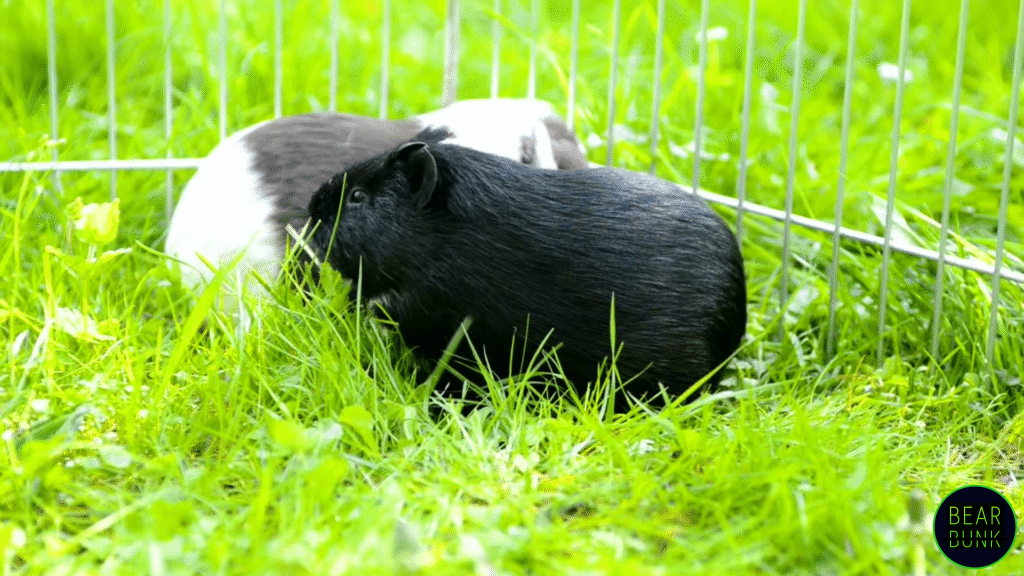
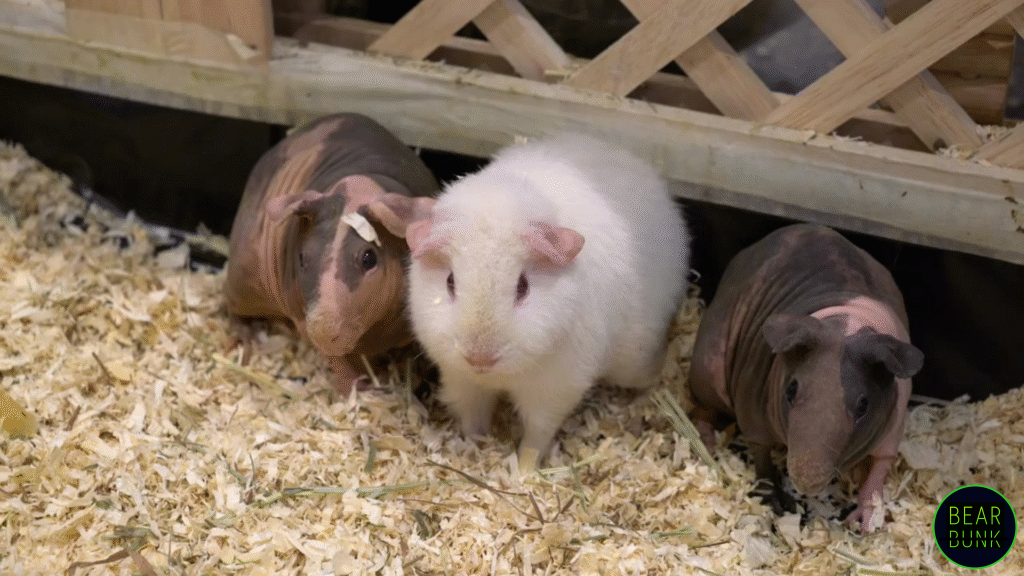
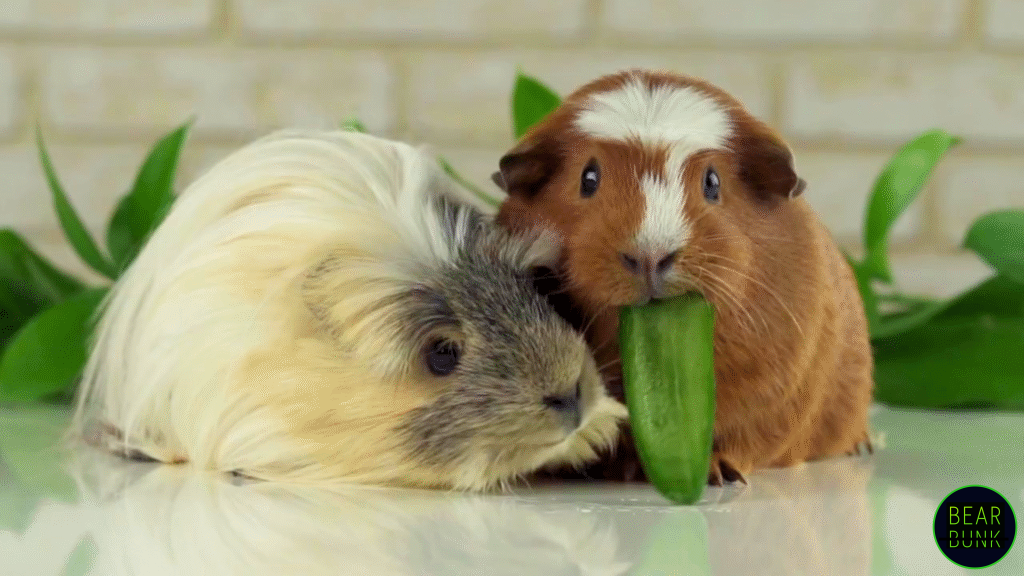
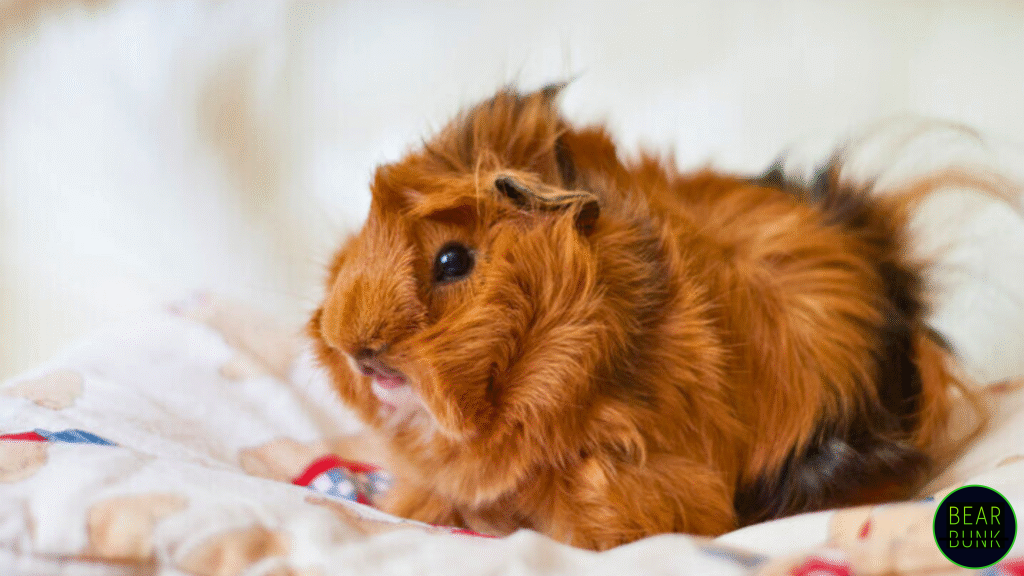
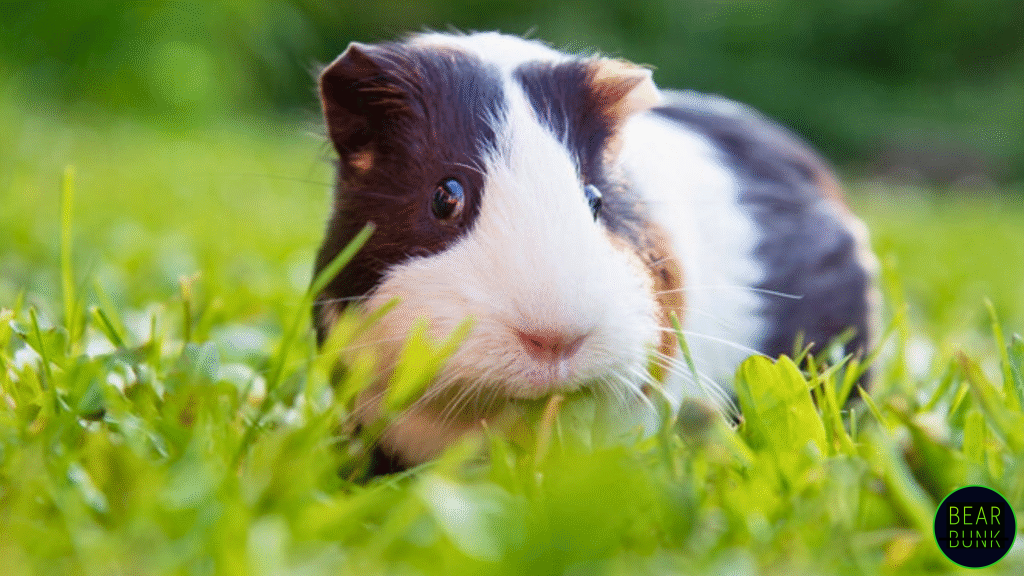
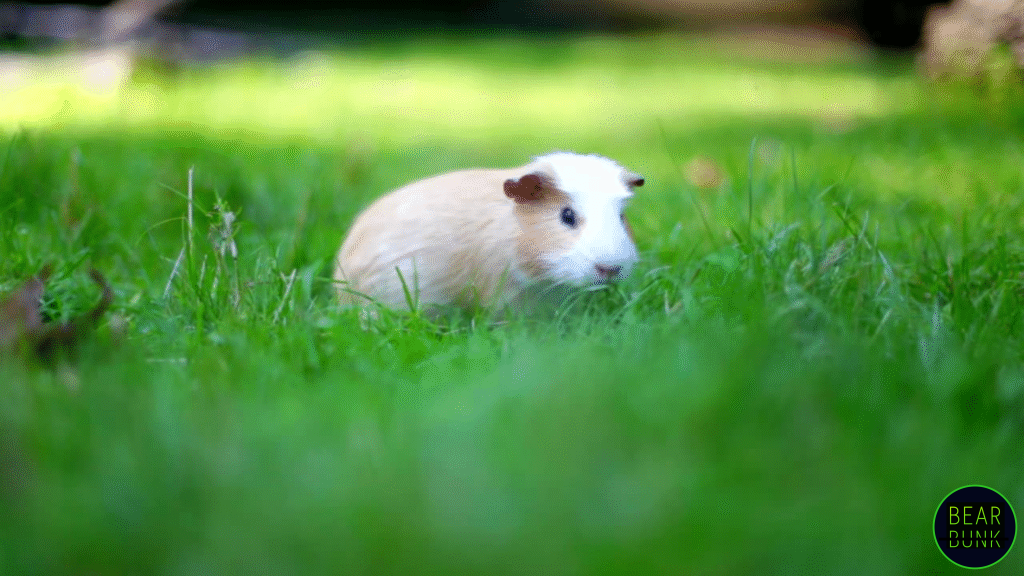
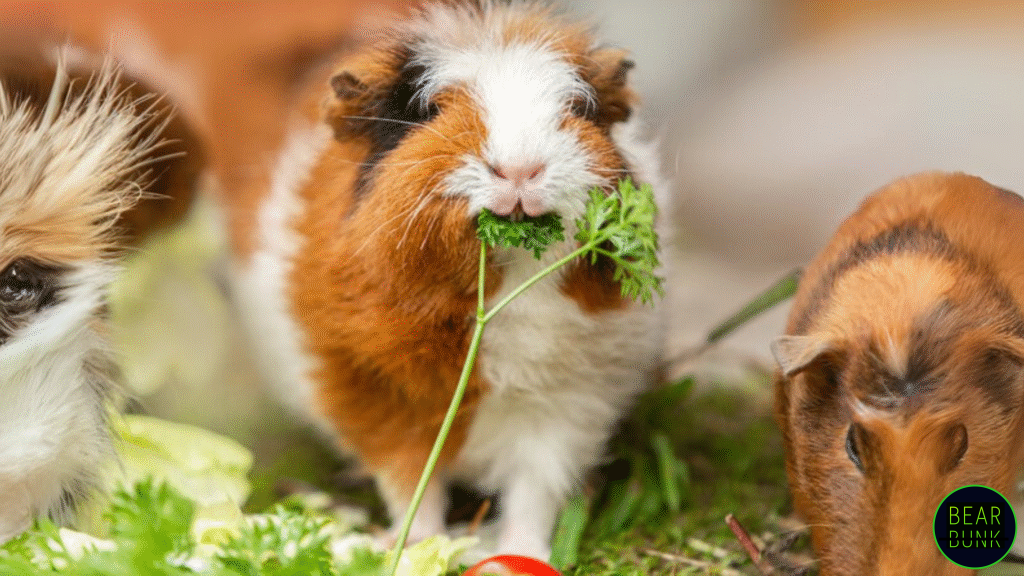

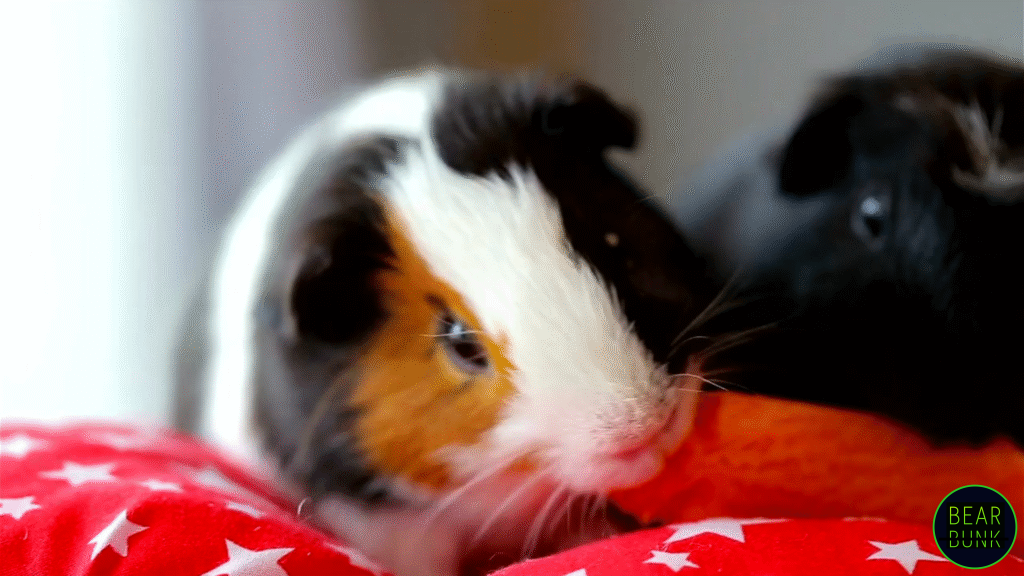
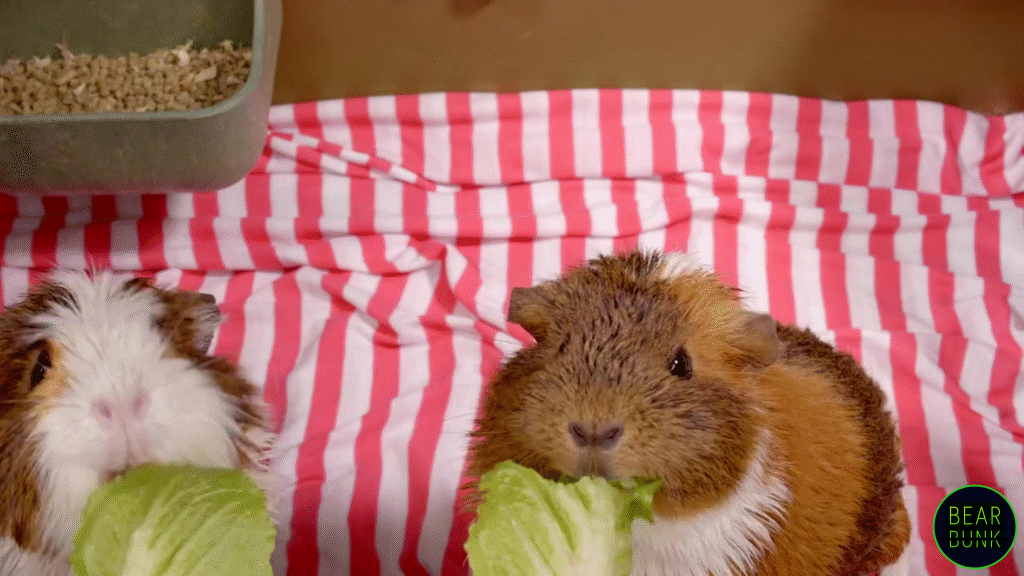
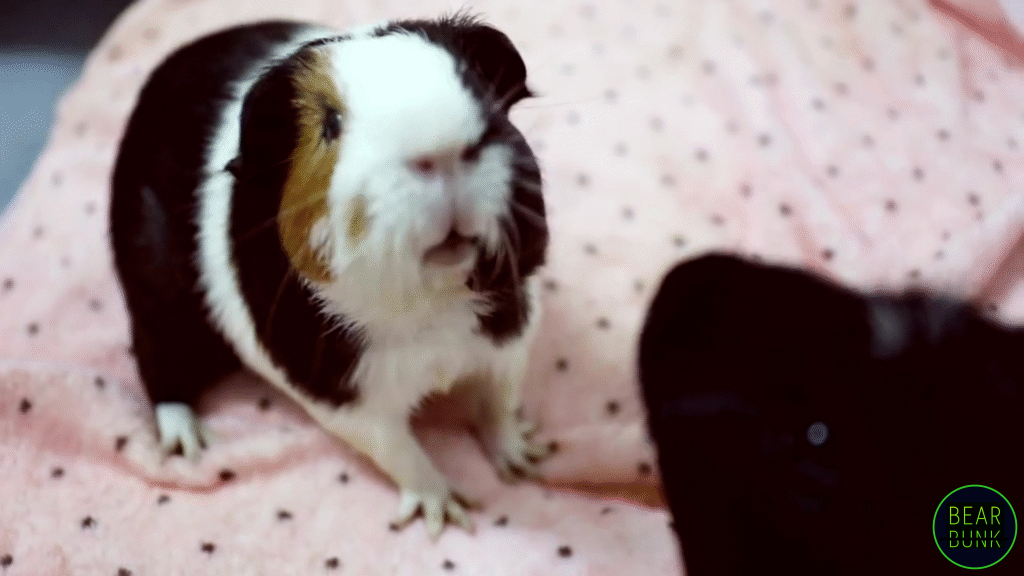
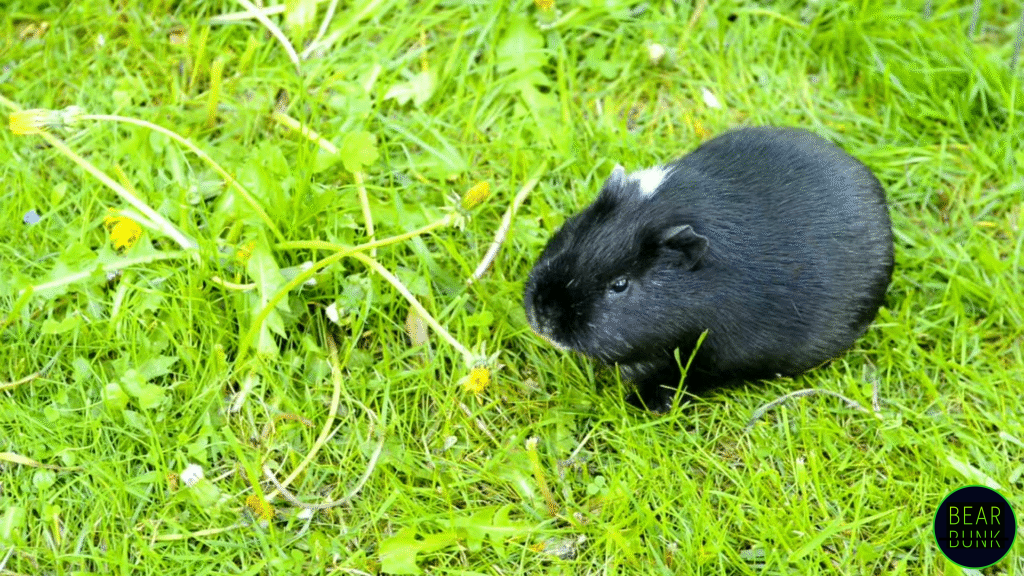
Read more about:
Mammals, Rodents and Rabbits, and animals of the Grasslands






Leave a Reply